Table of Contents
Thinking about getting some ink that carries serious weight? Shiva tattoo designs are more than just cool pictures on your skin; they're loaded with ancient symbolism and power. Lord Shiva, often called the Destroyer or Transformer, is one of the principal deities in Hinduism, representing the cycle of creation, preservation, and dissolution. His imagery is incredibly rich, from the serene meditator on Mount Kailash to the fierce Nataraja, the cosmic dancer. People choose shiva tattoo designs for countless reasons – spiritual connection, admiration for his attributes, or simply the striking visual appeal. But with so many aspects to Shiva, how do you pick the right design? How do you ensure it looks good and holds the meaning you intend? This article cuts through the noise, exploring the popular symbols, helping you think about where on your body this powerful art belongs, and guiding you on finding an artist who can truly capture the essence of Shiva in your tattoo. We'll dive into the specifics so you can make an informed decision about your own piece of this timeless energy.
Understanding the Power Behind Shiva Tattoo Designs
Understanding the Power Behind Shiva Tattoo Designs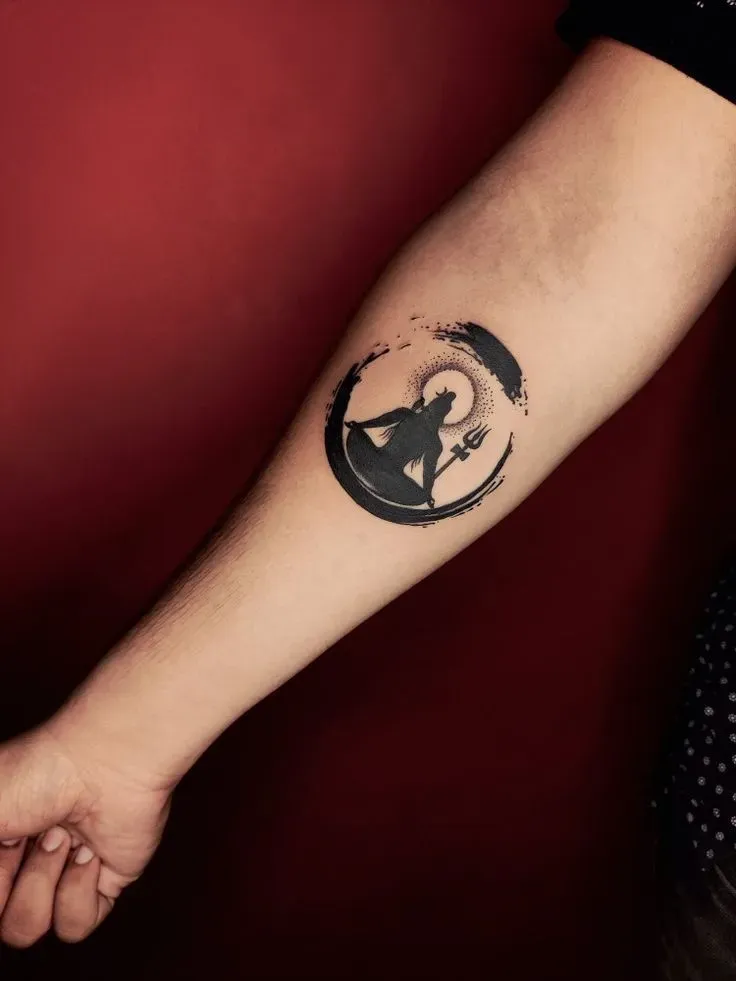
When people talk about shiva tattoo designs, they aren't just picking a cool image from a flash sheet. They're tapping into something ancient, something powerful. Shiva isn't your average deity; he’s the force that breaks things down to make way for the new. Think of him as cosmic entropy personified, but also the source of deep meditation and asceticism. Getting a Shiva tattoo often means you resonate with transformation, destruction of ego, or the pursuit of inner peace amidst chaos. It’s a bold statement, not just about faith, but about acknowledging the cyclical nature of life and death, creation and destruction. People choose these designs because they feel a pull towards that raw, transformative energy, or perhaps they’ve navigated significant changes in their own lives and see Shiva as a symbol of that journey.
Exploring Popular Shiva Tattoo Designs and Symbols
Exploring Popular Shiva Tattoo Designs and Symbols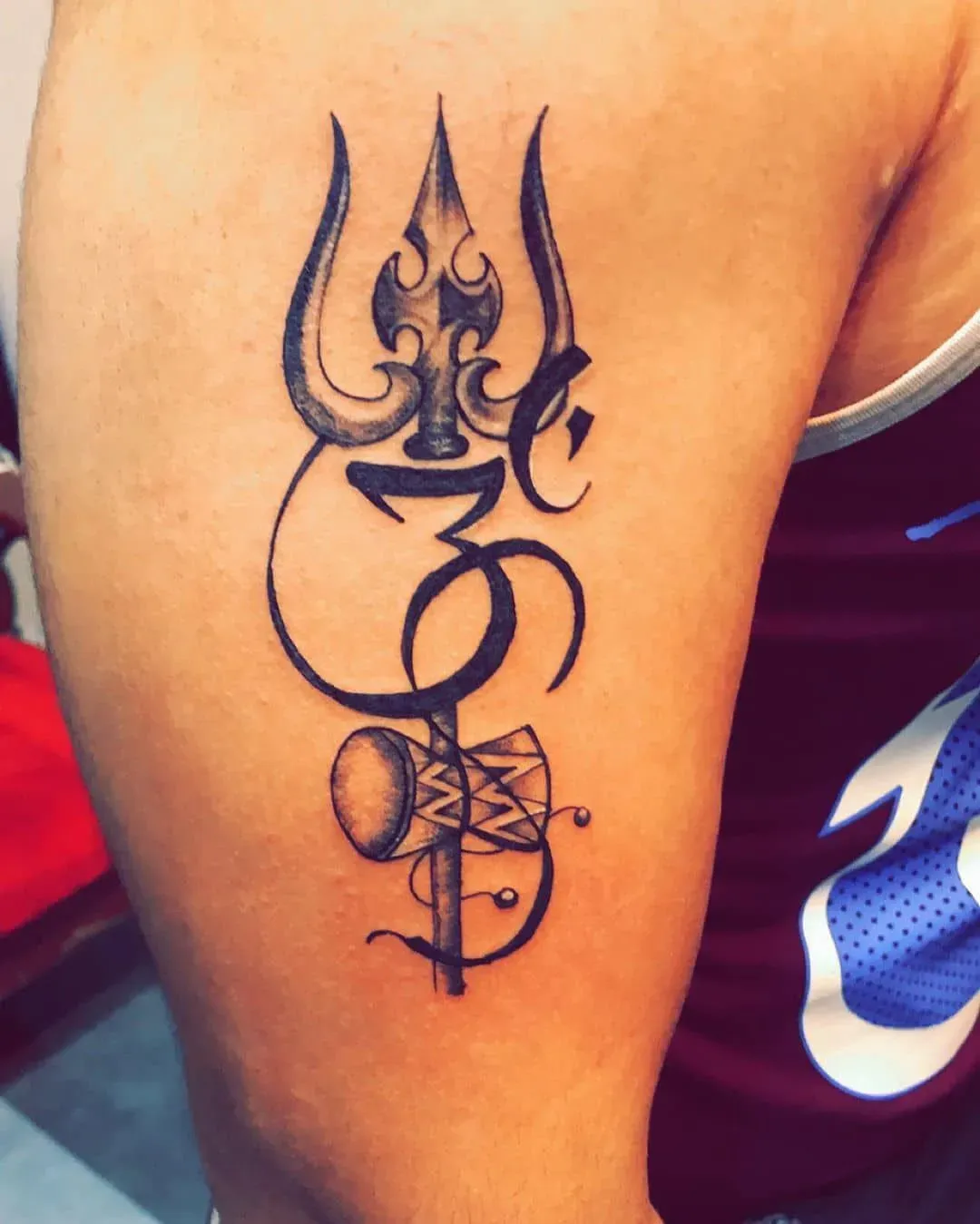
Deciphering the Core Symbols
Alright, so you're looking at shiva tattoo designs, and you see a bunch of recurring stuff. What's the deal with the third eye? That’s the eye of wisdom, sitting right there on his forehead, symbolizing his ability to see beyond the mundane, into the true nature of reality. It's the one that can incinerate illusions, or frankly, anything else that annoys him. Then there's the Trishul, his trident. This isn't just a pointy weapon; it represents the three fundamental aspects of consciousness: waking, dreaming, and deep sleep, or sometimes creation, preservation, and destruction. People often get just the Trishul because it's a powerful, cleaner symbol than a full portrait. The crescent moon on his head? That signifies his control over time and also his connection to the cycles of nature. Each element tells a part of the story.
Common Design Styles and Imagery
When it comes to the actual look of shiva tattoo designs, you've got options beyond just the full-figure Mahadev chilling on a mountain. The Nataraja pose, the cosmic dancer, is super dynamic and represents the universe's constant motion. It's complex and usually needs a good amount of space. You also see a lot of portraits focusing on his face, emphasizing the serene, meditative aspect, sometimes just the eyes or the third eye prominently featured. The Damaru, that small hourglass drum he holds, creates the primordial sound Om, the sound of creation. Including it adds another layer of cosmic energy. And let's not forget the snake around his neck – Vasuki, the king of serpents, symbolizing control over fear and death. Some folks go for highly detailed, realistic black and grey work, while others prefer more traditional Indian art styles with bold lines and maybe a splash of color, often blue for his throat after he swallowed poison to save the world.
Think about which of these elements resonates most with you. Are you drawn to the destructive power, the meditative calm, or the cosmic dance? Your choice of symbols dictates the story your shiva tattoo design tells.
- Trishul: Symbolizes the trinity of consciousness or creation, preservation, destruction.
- Third Eye: Represents wisdom, insight, and the power to see beyond illusion.
- Crescent Moon: Signifies control over time and cycles.
- Damaru: Represents the primordial sound Om and creation.
- Serpent (Vasuki): Symbolizes control over death and fear.
- Nataraja: Depicts the cosmic dance of creation and destruction.
- Ashes (Bhasma): Represents the transient nature of existence.
Placement Considerations for Your Shiva Tattoo Art
Placement Considerations for Your Shiva Tattoo Art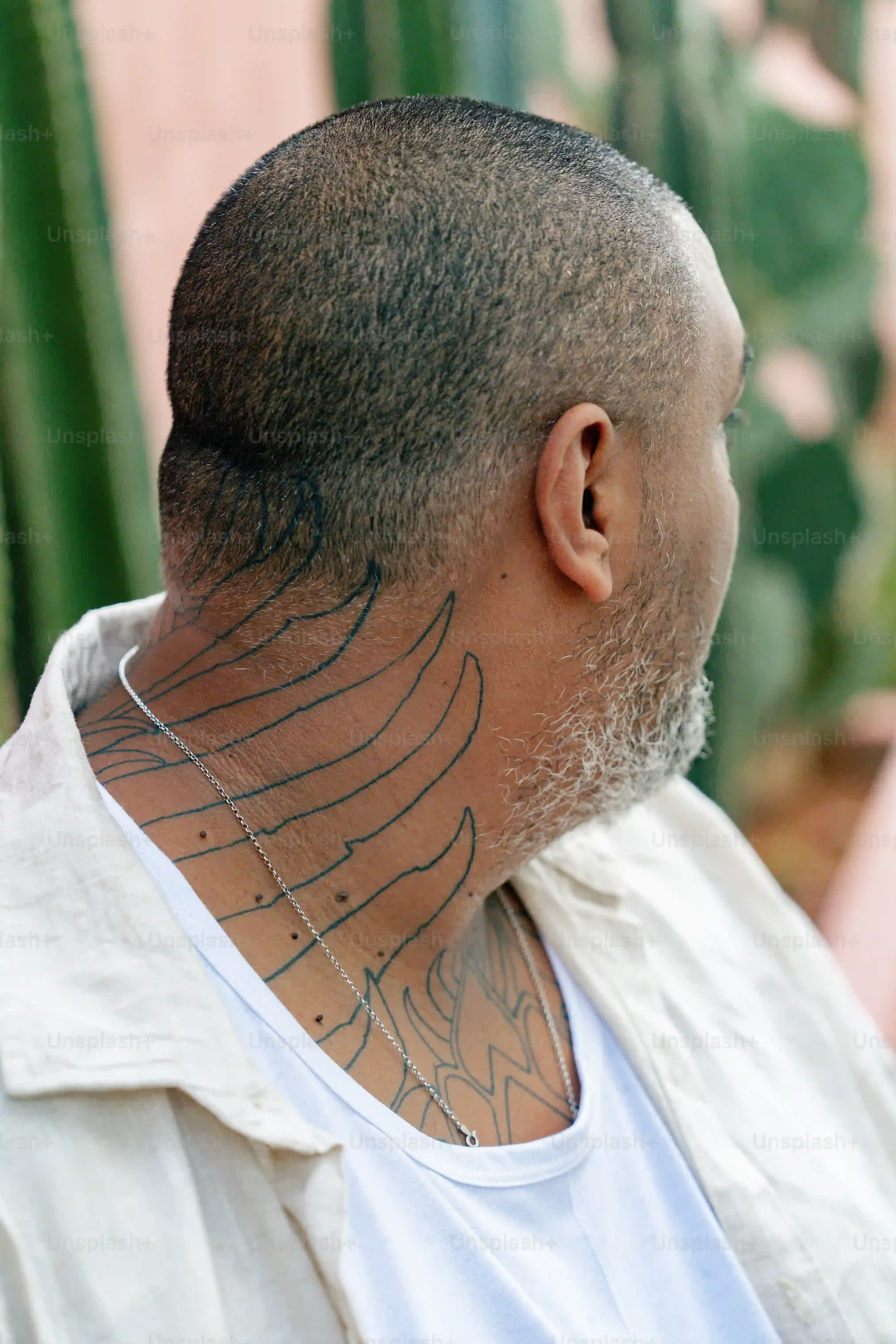
Where Does the Power Sit?
so you've got your head around the symbols you like for your shiva tattoo designs. Now, where do you actually put this thing? Placement isn't just about where it looks cool, though that's part of it. It's also about how the design flows with your body, how much space you have, and how visible you want it to be. A massive Nataraja piece needs a canvas, right? Your back is a classic spot for large, intricate shiva tattoo designs because it's flat and offers plenty of real estate. Something smaller, like a Trishul or just the Third Eye, works well on a forearm, calf, or even the back of the neck. Think about how the muscles move and how the skin stretches – a good artist will use this to make the design look dynamic, not distorted.
Matching Placement to Symbolism
Consider the meaning behind the shiva tattoo designs you've chosen and how that might influence placement. A Third Eye on your forehead? Probably not practical for most, but a smaller version on your wrist or the back of your hand keeps that symbol of insight close. A Trishul on your forearm is a visible declaration of the principles it represents. Some people put Shiva on their chest, close to the heart, symbolizing a deep personal connection or devotion. The leg is another popular spot, especially for designs that have a vertical flow. There's no single "right" place, but thinking about why you chose the design can help you find a spot that feels right, both visually and symbolically. Don't rush this part; live with the idea for a bit, maybe even draw it on with a marker to see how it feels throughout the day.
Placement Area | Suitable Shiva Designs | Considerations |
|---|---|---|
Back | Large Nataraja, full Shiva scenes, detailed portraits | Lots of space, less visible to you, healing can be awkward |
Forearm/Calf | Trishul, Third Eye, smaller portraits, Om symbol | Visible, good for medium designs, relatively easy healing |
Chest | Portraits, Om, Trishul, smaller symbolic pieces | Close to heart (symbolic), can be painful, less visible depending on clothing |
Upper Arm/Shoulder | Portraits, symbolic elements, part of a larger sleeve | Common spot, good muscle definition for flow, moderate pain |
Finding the Right Artist for Detailed Shiva Tattoo Designs
Finding the Right Artist for Detailed Shiva Tattoo Designs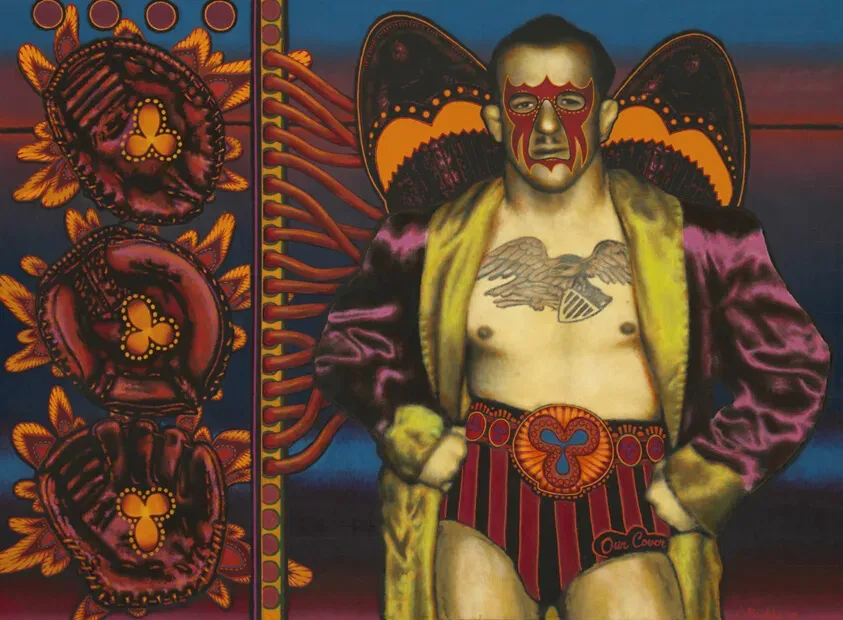
so you've zeroed in on the symbolism and thought about placement for your shiva tattoo designs. Great. Now comes the arguably most critical step: finding someone who can actually translate that vision into ink on your skin without making Shiva look like he's having a bad day at the office. Finding the Right Artist for Detailed Shiva Tattoo Designs is not like picking a random shop off the street. You need someone who specializes in detailed work, maybe even someone familiar with cultural or religious iconography if you’re going for something traditional. Look through portfolios – online, Instagram, wherever they showcase their work. Are their lines clean? Do their portraits have depth and expressiveness? Do they consistently produce high-quality, intricate pieces? Don't be shy about asking questions or requesting a consultation. This isn't a quick transaction; you're commissioning a piece of art that will be with you forever, so vet your artist like you're hiring them to perform minor surgery (which, let's be honest, a good tattoo artist kind of is).
Caring for Your Shiva Tattoo: Keeping the Art Alive
Caring for Your Shiva Tattoo: Keeping the Art Alive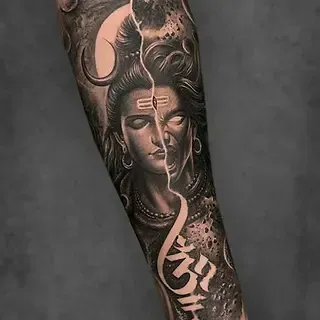
Immediate Aftercare: The Crucial First Days
you've got your incredible shiva tattoo designs etched onto your skin. The artist wrapped it up, gave you instructions, and sent you on your way. Now the real work begins for you. Those first few days are absolutely critical. Think of your new tattoo like an open wound, because, well, it is. You need to keep it clean and protected. Follow your artist's specific instructions religiously – they know what's best for *their* work and your skin type. Generally, this means washing it gently with unscented, antibacterial soap and applying a thin layer of recommended ointment or lotion. Don't suffocate it with thick goop, and definitely don't let it dry out like a forgotten raisin. Scabbing is normal, but picking is a cardinal sin that will pull ink right out and mess up your beautiful shiva tattoo designs.
Long-Term Care: Sun, Hydration, and Touch-Ups
Once the initial healing phase is over, maybe a few weeks down the line, the job isn't finished. Your shiva tattoo designs will age just like your skin does. The biggest enemy of vibrant ink is the sun. UV rays break down pigment faster than you can say "Om Namah Shivaya." Always, *always* use a high SPF sunscreen on your tattoo when it's exposed. Keeping your skin generally hydrated helps too; healthy skin holds ink better. Over years, fine lines in complex shiva tattoo designs might blur slightly, or colors might fade a bit. That's just life. A good artist can often do touch-ups to refresh details and bring the piece back to life. Consider it part of the long-term investment in your body art.
- Keep it clean with unscented, antibacterial soap.
- Apply a thin layer of recommended ointment or lotion.
- Avoid picking or scratching scabs.
- Stay out of direct sunlight during initial healing.
- Use high SPF sunscreen on healed tattoos.
- Keep your skin hydrated.
- Consider touch-ups years down the line if needed.
Making Your Shiva Tattoo Design Speak Volumes
So, you've thought about the deep meanings, pictured the various shiva tattoo designs, considered where on your body this powerful imagery might sit, and started thinking about finding someone who can actually pull it off. Getting a Shiva tattoo is a commitment, not just to the ink itself, but to the energy and symbolism it carries. It’s a piece of art that requires careful thought, from the initial concept to finding a skilled artist and then taking proper care of it afterward. Don't rush the process. A well-executed Shiva tattoo isn't just skin deep; it's a personal statement, a connection to ancient power, and frankly, something you don't want to regret when you look in the mirror. Choose wisely, care for it diligently, and let your design tell its story.